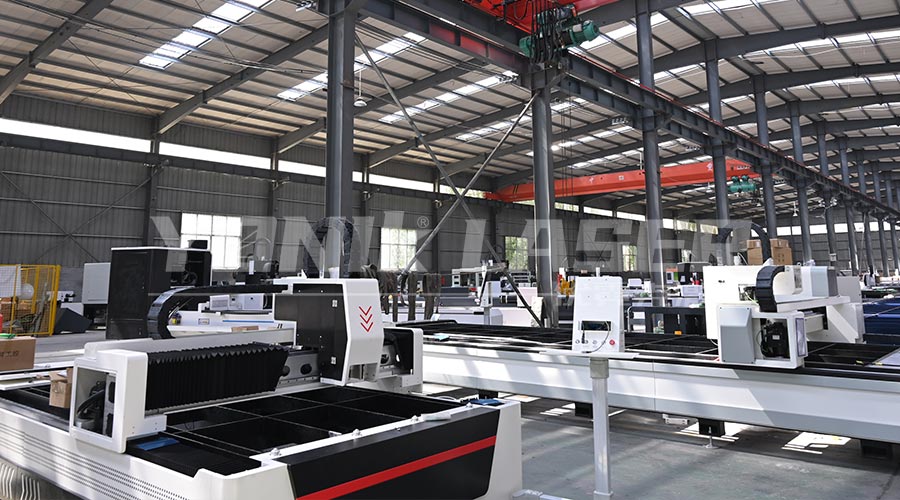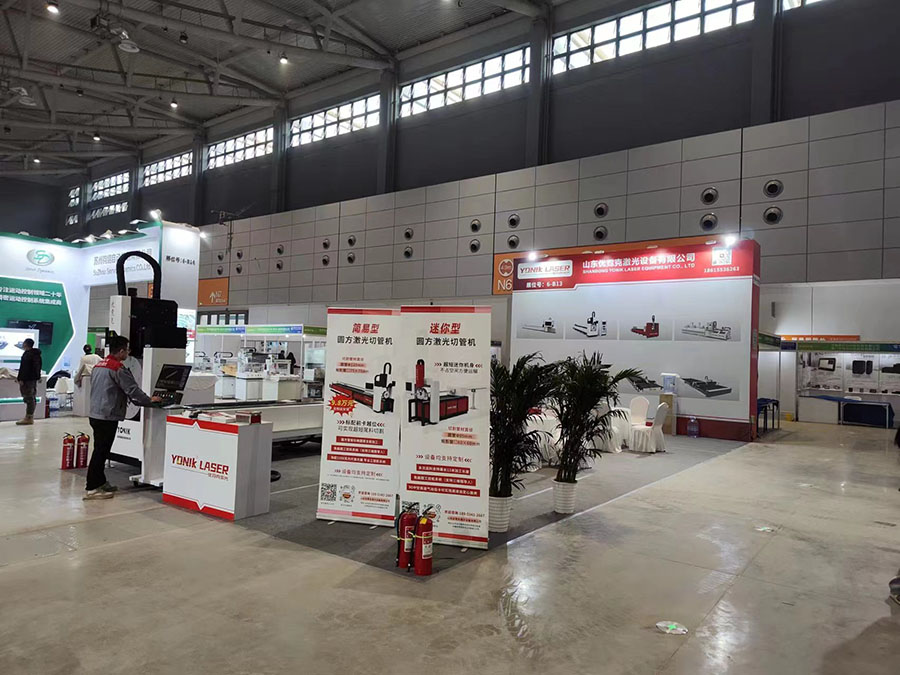In the daily use of the laser tube cutting machine, the software system is the core control unit, and its stability directly affects the processing efficiency of the equipment and the quality of the finished product. However, due to complex operating environments, improper parameter settings, or software compatibility issues, laser tube cutting machine software occasionally malfunctions. This article will focus on common types of software failures in laser tube cutting machines, providing systematic troubleshooting ideas and solutions to help users quickly restore normal equipment operation.

1、 Software lagging or unresponsive
Fault phenomenon: Slow loading when starting software, frequent interface lag during operation, and even no response at all.
Troubleshooting steps:
Check system resource usage: Check CPU and memory usage through the task manager. If it remains above 80% for a long time, non essential background programs need to be closed or hardware configuration needs to be upgraded.
Clean up cache files: locate temporary files (such as. temp,. log) in the software installation directory, and periodically delete them to free up storage space.
Update software version: Visit the device manufacturer's official website to confirm if it is the latest version. Old versions of software may run abnormally due to compatibility issues.
Solution: After restarting the device, run the software with administrator privileges; If the problem persists, it is recommended to reinstall the system or contact the manufacturer for customized patches.
2、 Parameter setting error leads to abnormal processing
Fault phenomenon: cutting size deviation, trajectory misalignment, or unstable energy output.
Troubleshooting steps:
Verify basic parameters: Check if core parameters such as power, speed, and frequency match the material type. For example, the frequency of cutting stainless steel should be lower than that of carbon steel.
Validate path planning: After importing the design file, preview the cutting path through software simulation function to confirm whether there are breakpoints or overlaps.
Calibration sensor: If the device supports autofocus, check if the height sensor is obstructed by dust or if the calibration value is offset.
Solution: Reset parameters to factory default values and gradually debug; Regularly backup parameter configuration files to avoid data loss caused by misoperation.
3、 Communication interruption or device offline
Fault phenomenon: The software displays "Device not connected" and cannot send processing instructions.
Troubleshooting steps:
Check physical connection: Confirm if the USB/Ethernet interface is loose, replace the port or cable for testing.
Firewall settings: Temporarily disable the system firewall to eliminate the possibility of communication failure caused by network interception.
Driver compatibility: Check the driver status in Device Manager. If a yellow exclamation mark is displayed, reinstall the official driver package.
Solution: Prioritize using wired connections instead of wireless ones; Update motherboard BIOS or operating system patches to enhance hardware compatibility.
4、 Cutting shape deformation or missing
Fault phenomenon: The pattern of the processed workpiece is incomplete or exhibits regular deformation.
Troubleshooting steps:
File format compatibility: Confirm that the design file is in a format supported by the software (such as DXF, AI), and avoid using special layers generated by higher versions of CAD software.
Scale verification: Measure the actual size of the imported graphics in the software and compare it with the original design to see if there is any scale imbalance.
Spot compensation calibration: If there are jagged edges on the cutting edge, the spot compensation parameters need to be adjusted. The recommended value is usually between 0.1-0.3mm.
Solution: Split complex graphics into simple modules for step-by-step processing; Regularly execute the software's built-in 'graphic optimization' function.
5、 Data loss or save failure
Fault phenomenon: During the processing, the software suddenly crashes, resulting in the loss of unsaved design files.
Troubleshooting steps:

Auto save function: Check if the "Auto backup every X minutes" option is enabled in the software settings. It is recommended to set it to 5-10 minutes.
Storage path permissions: Confirm that the saved directory has full read-write permissions to avoid write failures due to system permission restrictions.
Hard drive health check: Use tools such as CrystalDiskInfo to check for bad lanes or SMART alerts on the hard drive.
Solution: Use data recovery software to scan temporary folders; Synchronize important files to cloud storage or external storage devices.
6、 Preventive maintenance recommendations
Daily check: Before starting up, confirm that the software has no abnormal pop ups and the parameters are consistent with the previous day.
Monthly calibration: Perform a complete parameter reset and sensor calibration process.
Quarterly upgrade: Pay attention to patch packages released by manufacturers and prioritize installing certified stable version updates.
The stability of the laser tube cutting machine software needs to be managed in a closed loop through "investigation solution prevention". Users need to establish operation logs to record the symptoms and solutions of each fault, in order to quickly locate the problem in the future. When the basic investigation is ineffective, the technical support team of the equipment supplier should be contacted in a timely manner to avoid expanding the scope of the fault due to misoperation. Through a scientific maintenance process, the software failure rate can be significantly reduced, ensuring the continuous and efficient operation of the production line.
2025-07-22
2025-07-21
2025-07-19